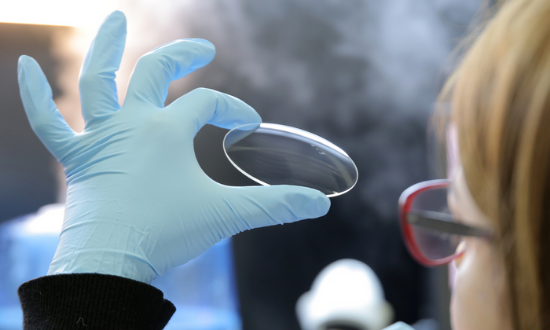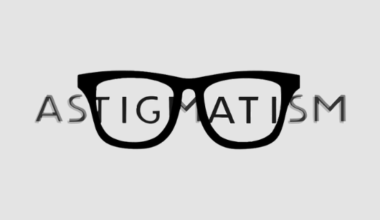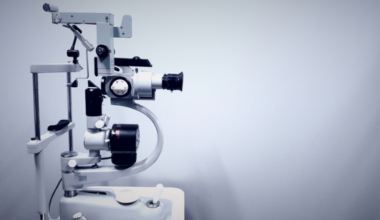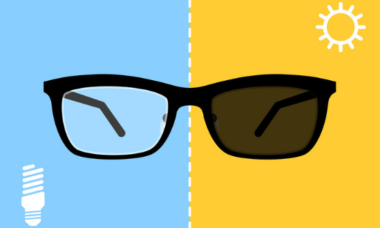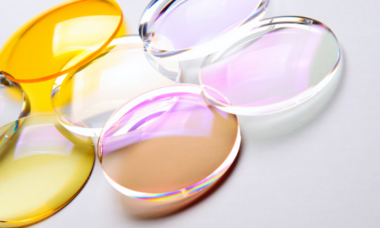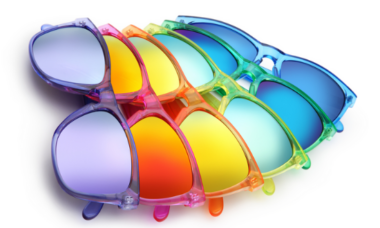At present-time, millennials have a wide variety of lenses to choose from for their eyeglasses but a few decades ago, this was not the case. People only had glass material lenses at their disposal.
With technological advancement, more sophisticated and carefully designed lenses replaced typical glass ones. These fiber lenses were able to overcome the biggest limitation that is the safety of the eye.
When a lens made of glass breaks your eye is susceptible to injury caused by the chipped pieces of the glass getting into your eye. In the case of fiber lenses, breakage does not cause chipping thus, preventing it from damaging the eye. There is a whole range of safety lenses that we’ll learn about later in this blog.
Before moving to the classification of materials, there are some terminologies you must know to better comprehend each type.
Refractive Index: When light travels from one medium to another, its speed and direction change. This reduction of speed is the Index of the lens. This metric represents the lens’s ability to deliver the accurate vision. It is denoted by “n”.
Abbe Value: Rays traversing through the lens disperse in different directions. This dispersion causes chromatic aberration. When the abbe value of the lens is high the level of chromatic aberration is less. It refers to the clarity of transparent materials. Hence, ideally, your lens should have a high abbe value indicating high transparency. The highest level of transparency is 100 but since some rays are meant to reflect, near to 100 is what can be expected. You may ask your optician at the time of purchase. It is denoted by A.V.
Specific Gravity: The density of the lens is measured in units i.e., gram/cm3. It is the difference in weight of the lens to that of water. Meaning that, if the SG of the lens is 2.55, it means it is 2.55 times more than the weight of water.
Types of lenses
Crown glass
| Properties
n = 1.523 A.V = 59 Density = 2.55 gm/cm3 |
A significant benefit of crown glass is that scratches are not developed easily on the surface. Additionally, it is not affected by weather and does not turn yellow over time. These types of lenses are available in single vision, bifocal, and progressive lenses.
CR-39 (Columbia Resign Type – 39)
| Properties
n = 1.49 A.V = 58 Density = 1.32 gm/cm3 |
CR is the most commonly used type of lens material at present time. It takes less time in manufacturing so it’s more productive for lab owners. Furthermore, it is only half the weight of crown glass and is also more impact-resistant comparatively. Lastly, fogging over the lenses is less in CR lenses. These lenses can be used for single vision, bifocal and progressive prescriptions and can also be tinted.
Despite its obvious benefits over the crown glass, there are some setbacks to this material. Majorly, it develops scratches more easily and requires additional coating for surface protection.
PC or Polycarbonate lenses
| Properties
n = 1.59 A.V = 29 or 30 Density = 1.22 gm/cm3 |
Polycarbonate lenses also known as unbreakable lenses fall under the umbrella of safety lenses. They are made up of high-impact resistant material. Yet, they are highly beneficial being 100% UV resistant. Compared to CR-39 they are 45% light in weight and 35% thinner. However, there are quite some limitations of PC lenses such as they tend to develop scratches much earlier, they cannot be tinted, low abbe value means less clarity of vision and low tensile strength means it is not ideal for 3 piece frames.
MR or Mitsui Resin Lenses
| Properties
n = 1.60 to 1.74 A.V = 31 to 41 |
MR lenses are also a type of safety lens made of monomer material. They are thinner, lighter, and possess high abbe value. Additionally, they are more impact-resistant and have more tensile strength than PC, hence, suitable for 3 piece frames. They can also be tinted but otherwise, paleness can be seen over time.
Trivex lenses
| Properties
n = 1.53 A.V = 44 Density = 1.10 gm/cm3 |
Another type of safety lens, Trivex, is high impact resistance compared to both PC and MR. Further, they facilitate superior clarity, comfort, and lightweight. They give 100% protection from UV rays and are said to be lifetime unbreakable. They can be tinted and fit in any frame. Lastly, they can be used for single vision, bifocal, progressive, and photochromic lenses.
High Index lenses
These are a range of high index CR and crown glass lenses that are built to achieve a thin periphery. A layer of hard coating is required for CR high index lenses along with anti-reflective coating for more light transmission. In the case of Hi index crown glass, the lens is thinner but becomes too bulky. Further, they tend to break easily. These types of lenses are usually prescribed to high-power patients.
On a final note, being aware of lens material is quintessential in making informed purchase decisions. Hope this blog successfully enlightens some readers.
